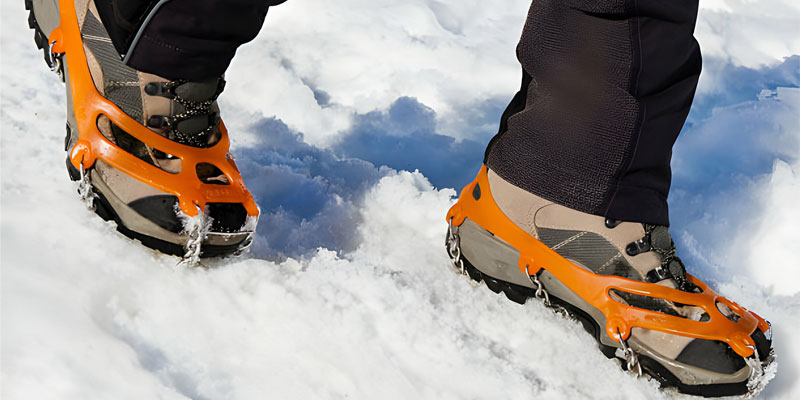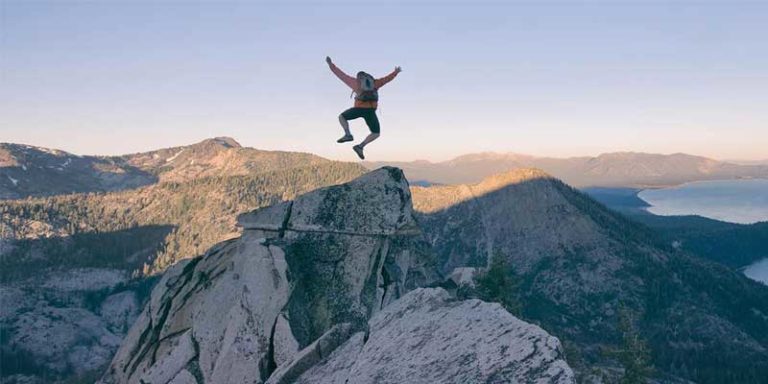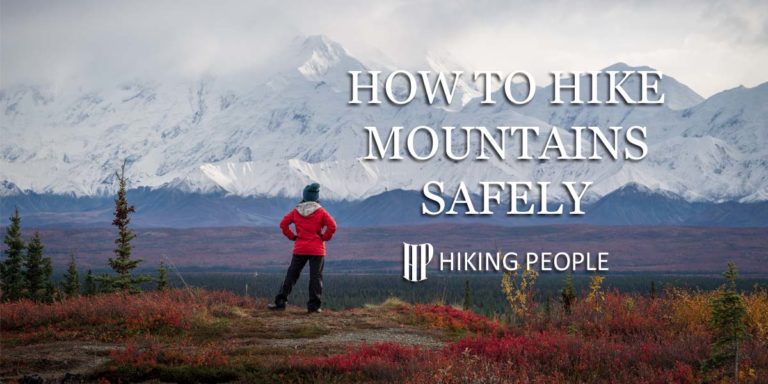Snowshoes and hiking boots serve different purposes and are not directly comparable in terms of being “better” than each other. They are designed for different terrain and conditions, so the choice between them depends on the specific activity and environment you plan to engage in.
Snowshoes are specialized footwear designed for walking on snow. They distribute your weight over a larger surface area, preventing you from sinking deep into the snow and making it easier to walk in snowy or icy conditions. They are ideal for snowshoeing, winter hiking, or trekking in deep snow where regular boots would be insufficient.
On the other hand, hiking boots are designed for general hiking purposes across various terrains, including rocky trails, muddy paths, and dry terrain. They provide ankle support, traction, and comfort for long hikes. While some hiking shoes are waterproof or insulated for use in snow, they are not specifically designed for deep snow or icy conditions.
So, if you’re planning to hike in snowy or icy conditions, especially if the snow is deep, using snowshoes with appropriate winter gear (such as insulated clothing and waterproof layers) would be more suitable. For hiking in non-snowy conditions or on mixed terrain, hiking footwear would be the better choice.
Best Snowshoes
- MSR Lightning Ascent: This is a great all-around option that is comfortable, versatile, and easy to use. It is a good choice for hikers of all levels, from beginners to experienced backpackers.
- MSR Evo Trail: This is a more affordable option that is still a good choice for occasional use. It is a good option for hikers who are looking for a basic snowshoe that will get them out on the trail.
- Tubbs Flex STP: This is a good option for beginners who are looking for a comfortable and affordable snowshoe. It is easy to use and provides good traction on most trails.
- Tubbs Mountaineer: This one is designed for deep snow and off-trail exploration. It has a large surface area that helps to float in powder, and it has aggressive traction that helps to grip steep slopes.
Best Hiking Boots
- Salomon X Ultra 4 Mid GTX: Offers a great balance of features for a variety of terrains, making it a versatile choice for most hikers.
- Merrell Moab 3 Mid WP: A classic and affordable option that’s great for day hikes and light backpacking trips.
- Salomon Quest 4 GTX: Provides excellent support and stability for carrying heavy backpacks on challenging trails.
- Hoka Anacapa Mid GTX: Ideal for hikers who prioritize comfort, especially on long distances or over uneven terrain.
- La Sportiva Ultra Raptor II: A lightweight and nimble boot that’s perfect for moving quickly on technical terrain.
Snowshoes and Hiking Boots are not the same!
Both footwear serve distinct purposes and are designed to meet specific needs in outdoor environments. Here are some key differences between the two:
Function
- Snowshoes are specialized footwear designed for walking on snow. They distribute your weight more evenly over a larger surface area, preventing you from sinking deep into the snow. This design allows for easier movement and reduces fatigue when trekking through snowy terrain.
- Hiking boots, on the other hand, are versatile footwear designed for hiking and trekking across different types of terrain. They provide support, stability, and traction on various surfaces like rocks, dirt trails, and uneven ground.
Design
- Snowshoes have a wide frame with a surface area that keeps you afloat on soft snow. They often feature crampons or metal spikes underneath to improve grip on icy surfaces.
- Boots come in various styles, from low-cut to high-cut models. They are made with durable materials like leather or synthetic fabrics and are designed to provide ankle support, protection from debris, and traction through rugged terrain.
Use in Specific Conditions
- They are primarily used in snowy or icy conditions, allowing you to navigate deep snow without sinking. They are ideal for winter hiking, snowshoeing trails, backcountry exploration, and winter camping.
- Hiking shoes are suitable for a wide range of conditions, including dry trails, rocky terrain, muddy paths, and even some snow-covered trails. They are a go-to option for year-round hiking and backpacking adventures.
Weight and Flexibility
- They can be bulkier and heavier than hiking boots due to their design and added flotation properties. However, modern snowshoes are often lightweight and offer improved flexibility for better movement.
- Hiking boots come in varying weights depending on their intended use. Lightweight hiking boots are suitable for day hikes and faster-paced activities, while heavier boots with more support are preferred for longer treks and carrying heavier loads.



